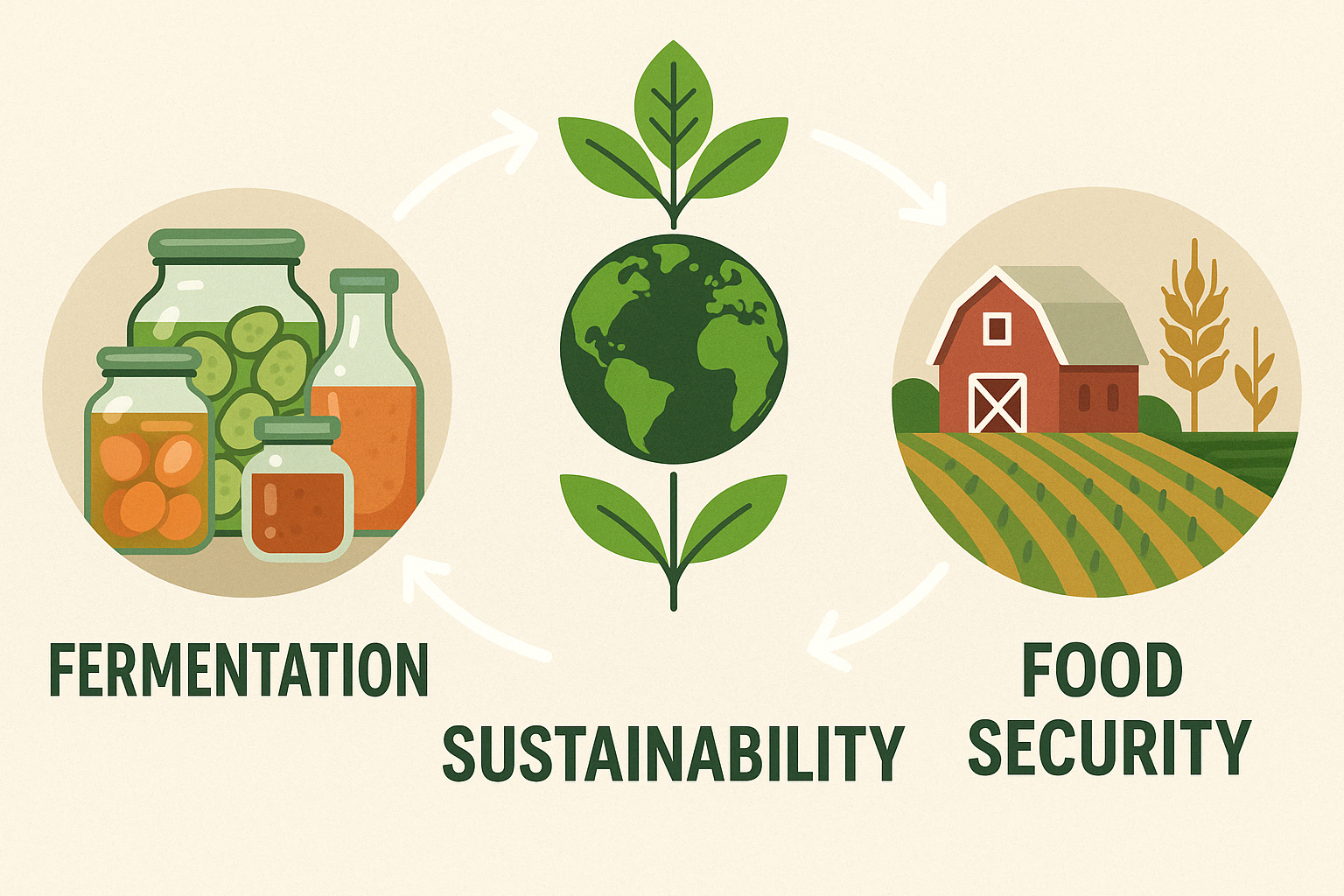Fermentation-based proteins are rapidly emerging as a cornerstone of the Agri-Foodtech industry, offering innovative solutions to some of the most pressing challenges facing food production today. As the global demand for sustainable, nutritious, and ethically produced food continues to grow, fermentation technology presents a viable pathway to meet these needs while reducing environmental impact.
What Are Fermentation-Based Proteins?
The production of fermentation-based proteins involves the cultivation of microorganisms such as bacteria, yeast, or fungi to produce high-quality protein ingredients. Unlike traditional animal agriculture, fermentation-based protein production can be carried out with significantly fewer resources, including land, water, and energy. Furthermore, the controlled conditions under which these proteins are produced allow for enhanced consistency, safety, and scalability.
Recent Advancements in Fermentation Technology
Recent advancements in biotechnology have accelerated the development of fermentation processes for protein production. Synthetic biology, metabolic engineering, and precision fermentation techniques are enabling researchers to design microorganisms that produce proteins with specific characteristics tailored to various applications. From meat alternatives to dairy-free products and specialty ingredients, fermentation-based proteins are unlocking new possibilities in food innovation.
Sustainability and Environmental Benefits
The Agri-Foodtech industry is increasingly turning to fermentation as a means of addressing sustainability concerns. Conventional protein production methods, particularly those involving livestock, are associated with significant greenhouse gas emissions, deforestation, and overuse of natural resources. By contrast, fermentation offers a much more efficient process that minimizes these negative impacts while providing a scalable solution for global food security.
Nutritional Benefits of Fermentation-Based Proteins
Beyond sustainability, fermentation-based proteins also offer enhanced nutritional profiles. Through precise control over the production process, manufacturers can optimize the amino acid content, bioavailability, and functional properties of proteins to meet the specific requirements of various consumer markets. Additionally, fermentation processes can produce proteins that are free from allergens, pathogens, and other contaminants commonly associated with animal-derived proteins.
Commercial Landscape and Market Growth
The commercial landscape for fermentation-based proteins is expanding rapidly, with both established companies and startups investing heavily in research and development. Collaborative efforts between industry players and academic institutions are fostering innovation and accelerating the commercialization of new products. As the market continues to grow, companies that specialize in fermentation process development and scale-up, such as YD LabsYDLABS, are playing a critical role in bringing these innovations to fruition.
Challenges and Limitations
Despite the tremendous potential of fermentation-based proteins, several challenges remain. Cost competitiveness remains a significant hurdle, as large-scale fermentation facilities require substantial capital investment and operational expertise. Additionally, regulatory approval processes can be complex and time-consuming, particularly for novel proteins that have not previously been used in food applications.
Future Outlook
Nevertheless, the future of fermentation-based proteins looks promising. As technological advancements continue to improve efficiency, reduce costs, and enhance product quality, fermentation is likely to become an increasingly important tool in the Agri-Foodtech industry’s efforts to create a more sustainable and resilient food system. Companies like YD LabsYDLabs, with their expertise in process development, scalability, and downstream processing, are well-positioned to lead the way in this rapidly evolving field.
Conclusion
The potential for fermentation-based proteins to transform the global food landscape is immense. By leveraging cutting-edge technologies and collaborating with innovative partners, the industry can continue to push the boundaries of what is possible, ultimately delivering more sustainable, nutritious, and accessible food solutions to a growing population.





